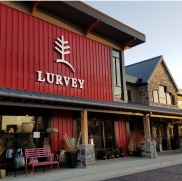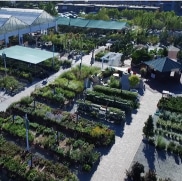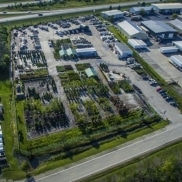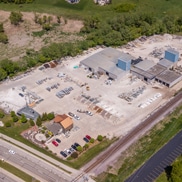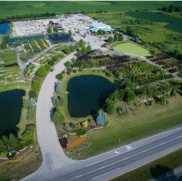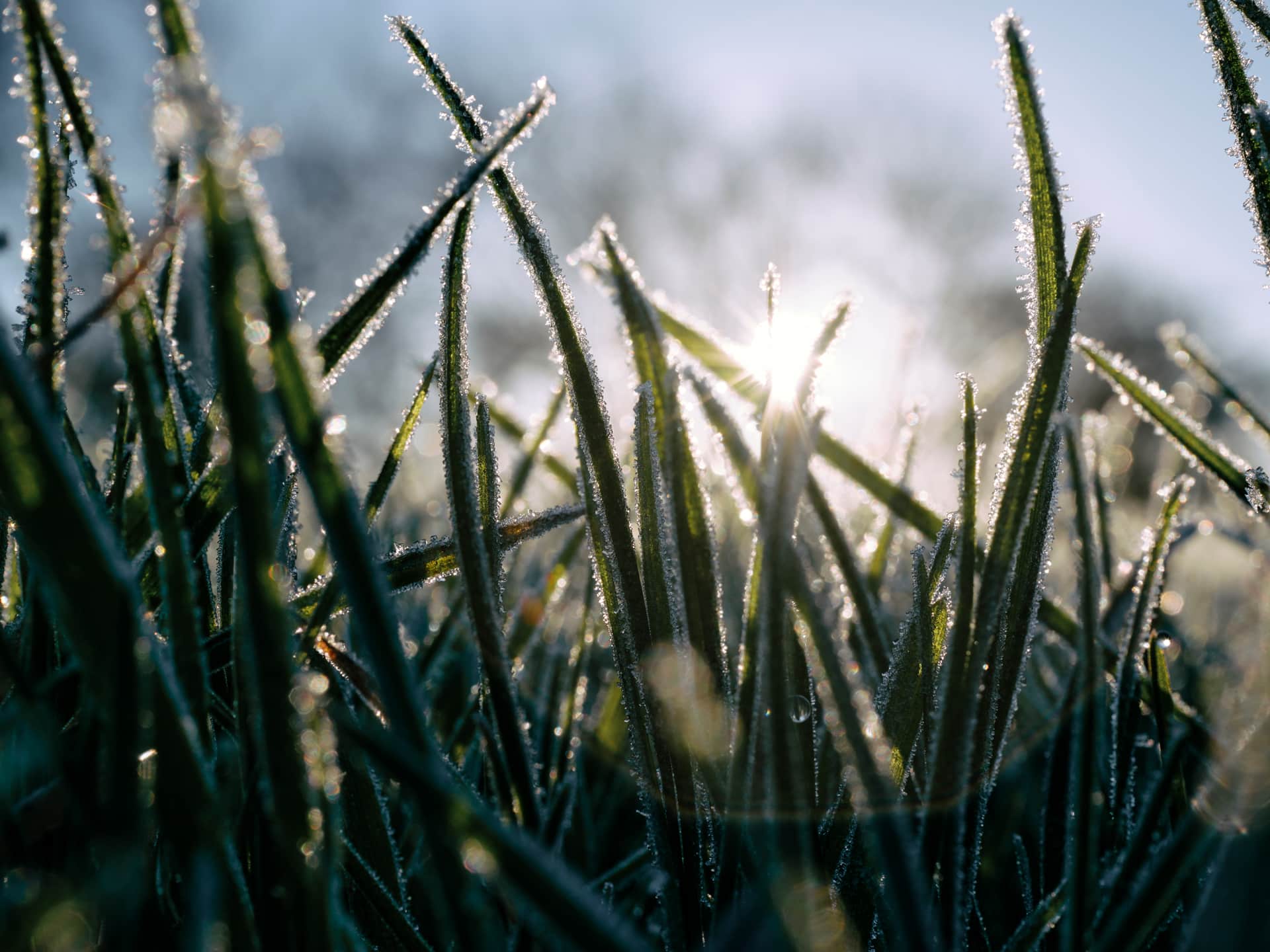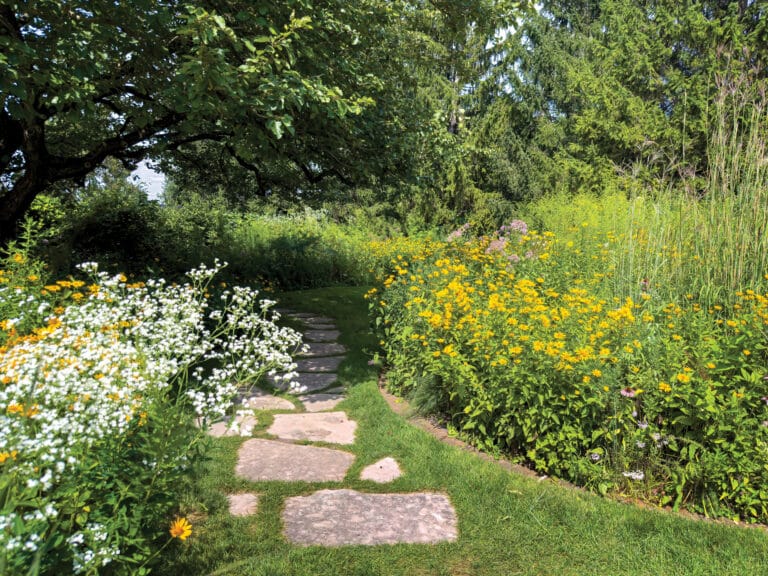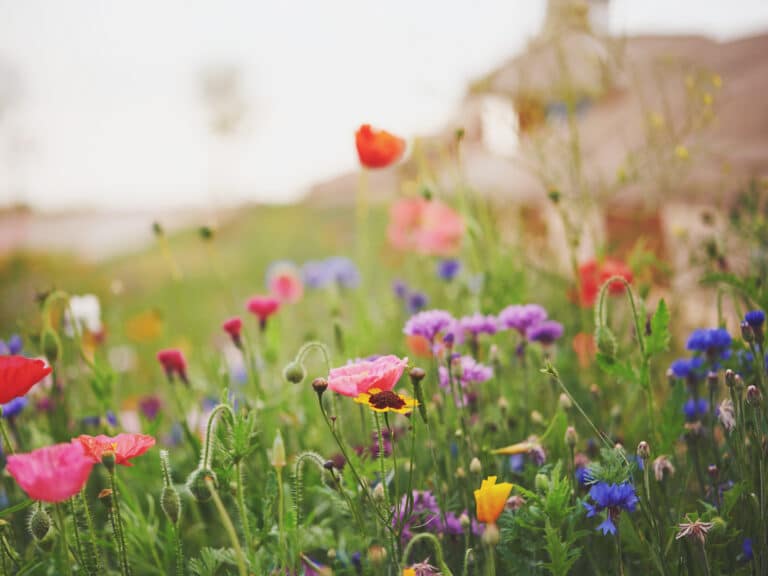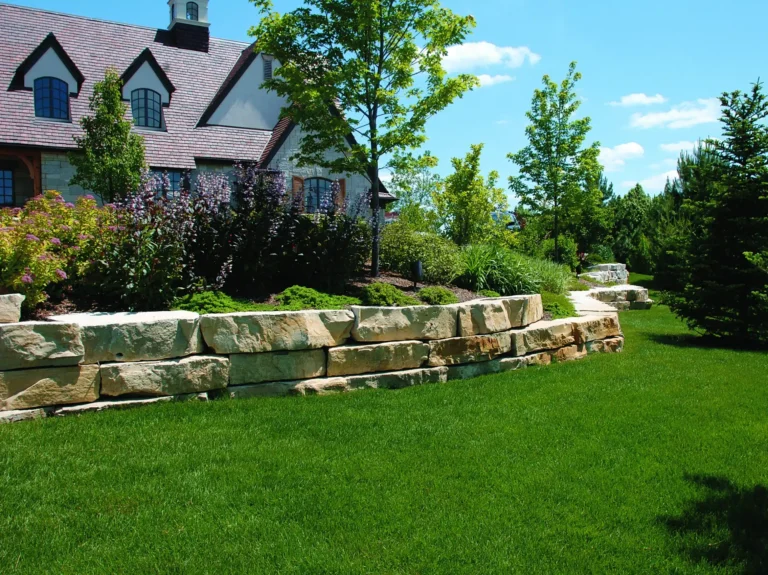For the first time since 2012, the USDA updated and released a new version of its plant hardiness zone map. The joint effort from the UDSA Agricultural Research Service and Oregon State University’s PRISM Climate Group made this tool. Gardeners and researchers leverage this valuable too which is even more accurate and detailed than prior versions. This map is considered the standard by which growers and gardeners can determine which plants are most likely to thrive.
What is a plant hardiness zone map?
The 2023 USDA Plant Hardiness Zone Map is based on the average annual extreme minimum winter temperatures in a zone and should be used as a guide for growing perennial plants. Each zone represents a 10-degree Fahrenheit zone which is then divided into 5-degree half zones. The new zone map is based on 1991-2020 weather data from 13,412 weather stations as compared to the 7,983 stations for the last zone map from 2012.
In general, the country has shifted to the next warmer half zone. Here in the Chicagoland area, we are now considered to be in zone 6a, which is -10 to -5 Fahrenheit. The last zone map had the city in 6a, but all the surrounding area was zone 5b (-15 to -10 Fahrenheit). At that time the 6a zone extended to about Harlem Ave., but now extends west to Route 53/I-355 while west of that is still zone 5b.
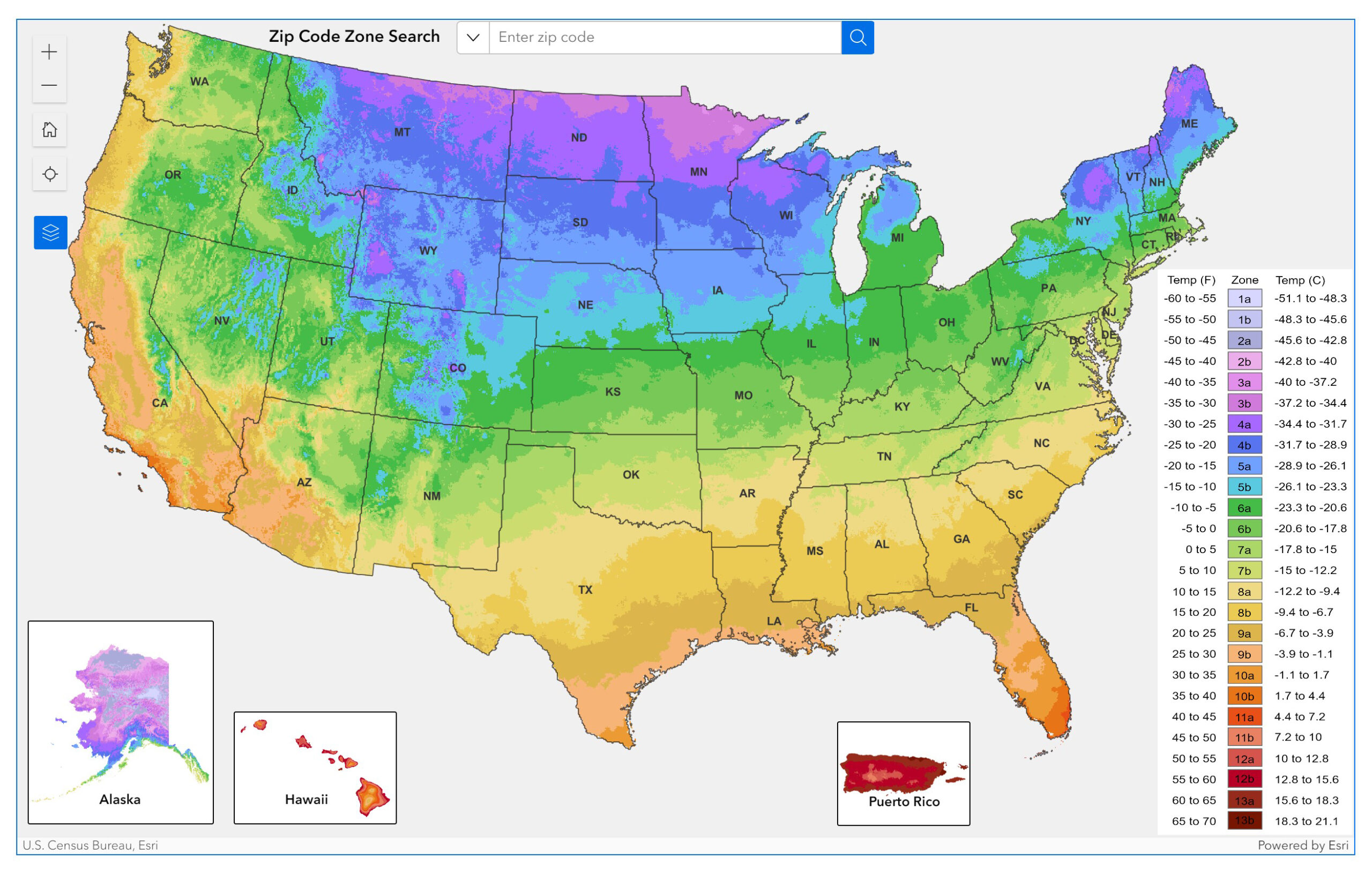
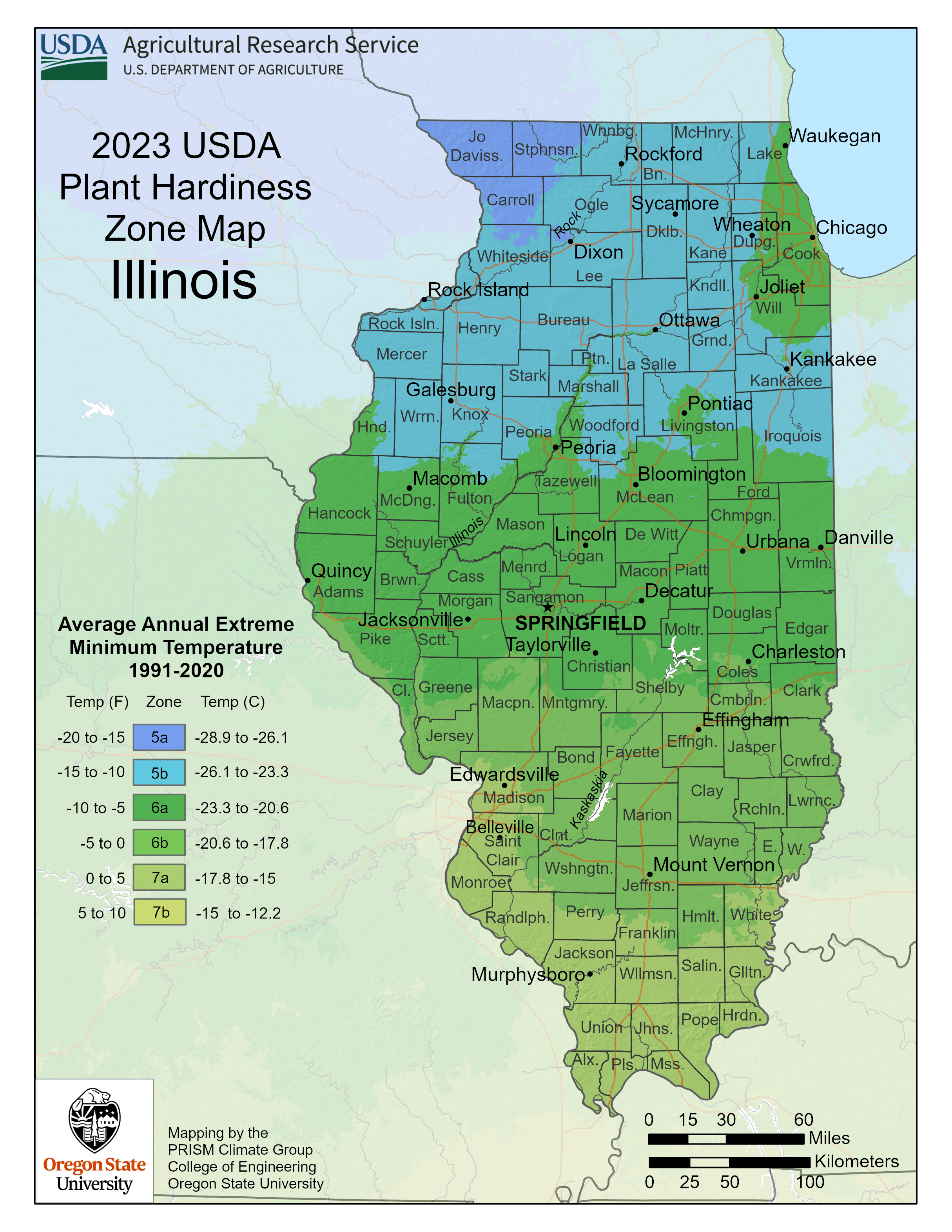
When determining suitable plants for your garden, it’s essential to understand the distinction between herbaceous perennials like daylilies and coneflowers and other perennial varieties such as trees, shrubs, and evergreens. At Lurvey’s, we exclusively offer plants that thrive in our designated zones. While we may carry annual patio plants marked for zones 7 or 8 during the growing season, it’s important to note that we classify them as annuals, acknowledging their inability to endure the chilly winters in our region. Rest assured that our selection aligns with the specific needs of your local climate.
What does the hardiness zone change mean for me?
While there is only a 5-degree change when moving from Zone 5b to 6a, it’s a timely opportunity to reflect on the environmental elements. Several other factors play a crucial role in determining the success or failure of plants. Factors such as soil type, moisture levels, wind strength, humidity, pollution, snow cover, winter sunlight, and the presence of mulch layers, in addition to temperature variations, substantially influence the resilience of plants. Considerations like warm-season heat, rainfall, and drought, coupled with the specific planting method and location, also hold significant importance in the overall well-being of plants.
Soil moisture –
Plants exhibit varying seasonal needs for soil moisture. Even those resilient to our zone may incur damage if the soil becomes excessively dry in late autumn. This can cause plants to enter dormancy while experiencing moisture-related stress. This is why Lurvey recommends watering at the end of November to ensure ample moisture for the winter season. Based on our observations from the past winter, characterized by a lack of snow cover and milder temperatures, numerous plants suffered dehydration. In anticipation of a comparable winter, Lurvey advises watering when we see a warmer day, around 40 degrees Fahrenheit, during January and February if necessary.

Temperature –
Plants grow best within a range of optimal temperatures of hot and cold. That range can be wide for most varieties of plants but narrow for others. Some plants that have thrived for years and then experience a winter with an extreme cold snap lasting just a day or two can be lost. Many plants that can survive a short period of exposure to cold may not tolerate longer periods of cold weather. Mulching, protecting the roots from freeze/thaw, and covering certain plants with burlap from extremely dehydrating wind chills may help.
Humidity –
High relative humidity limits cold damage by reducing moisture loss from leaves, branches, and buds. Cold injury can be more severe if the humidity is low, especially for evergreens. Spraying an anti-transpirant like Wilt Stop reduces moisture loss and prevents winter kill, windburn, and sunscald.
Microclimates –
Microclimates are small-scale climate variations. They can be heat islands – those caused by concrete or brick walls, or cool spots – caused by small hills and valleys. There may be pockets in your garden that are warmer or cooler than zone 6a. Good examples are a sheltered area in front of a south-facing wall or a low spot where cold air pools. While the hardiness zone map is a great guide, it cannot take the place of the details that gardeners know about their gardens.
Don’t forget about containers and patio tropicals!
With their lush green foliage and exotic blooms, patio tropicals have graced our outdoor spaces throughout the growing season. There’s nothing better to add a touch of the tropics to your surroundings. These tropical beauties, accustomed to the sun-drenched days of the patio, need to be safeguarded from the impending chill.
This new plant hardiness zone map added two new zones for Hawaii and Puerto Rico. Though it doesn’t affect us here in Chicago, it’s useful for house or patio plants that are kept outside. Once the season moves toward fall and temperatures cool, utilize the zone map to ensure tropical plants aren’t hit with temps that they can’t handle.
The zones defined in the USDA Hardiness Zone map are for plants in the ground. Raised gardens or plants in containers may freeze and thaw more, but if you follow the advice above, they can survive as well.
Our advice to you…
The hardiness zone for a particular plant is just part of the equation when caring for your garden. Soil type and moisture level, humidity, snow cover or lack thereof, and many other factors are all important as well. Keep in mind, our Chicago hardiness zone change from 5b to 6a reflects a change of only 5 degrees. That does not mean you should start removing plants or changing what you are growing in your landscape. What has thrived in your garden in the past, will continue to thrive.
Our plant health experts are always available to answer questions and help you be successful in the garden, and there are many ways to connect with them. Feel free to walk into Lurvey Home & Garden and talk to them in person, make an appointment on our Book Now page, or even text us at 847.824.7411!
